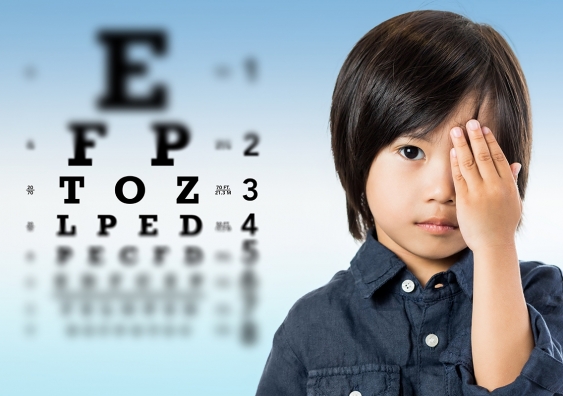Myopia Awareness Week launched to encourage eye tests for children
With 36% of Australians projected to have myopia, or short-sightedness, by 2020, a new pilot campaign has been launched by optometrists to encourage early treatment.
With 36% of Australians projected to have myopia, or short-sightedness, by 2020, a new pilot campaign has been launched by optometrists to encourage early treatment.

Shane Parker
Brien Holden Vision Institute
0409 832 706
s.parker@brienholdenvision.org
Myopia (short- or near-sightedness) is becoming a major public health crisis and is already having an impact on young Australians, increasing their risk of developing sight-threatening conditions later in life.
By 2050 there will be almost 5 billion people with myopia globally. Nearly 1 billion will be in the high myopia category, placing them at significantly increased risk of potentially blinding conditions like cataract, glaucoma, retinal detachment, myopic maculopathy and macular degeneration.
This alarming increase in prevalence is happening in Australia, with studies around Sydney having shown a doubling of rates of myopia in recent decades. It is projected that 36% of Australians will be myopic by 2020, increasing to 55% by 2050.
Myopia Awareness Week, which is being piloted in NSW from 14 - 18 May, is a partnership between Brien Holden Vision Institute, the Centre for Eye Health, Optometry NSW/ACT, and the UNSW School of Optometry and Vision Science.
“Wearing glasses is not curing myopia, it’s simply relieving the symptoms,” says Professor Kovin Naidoo, CEO of Brien Holden Vision Institute, based at UNSW.
“We need to change how people, parents and children in particular, perceive this condition, especially the potential consequences to vision later in life if early treatment is not received,” he adds. “As well as providing appropriate myopia management treatments, eye care practitioners have a key role in this education process.”
For more information see the website.
Key facts:
Myopia Awareness Week's aims are: